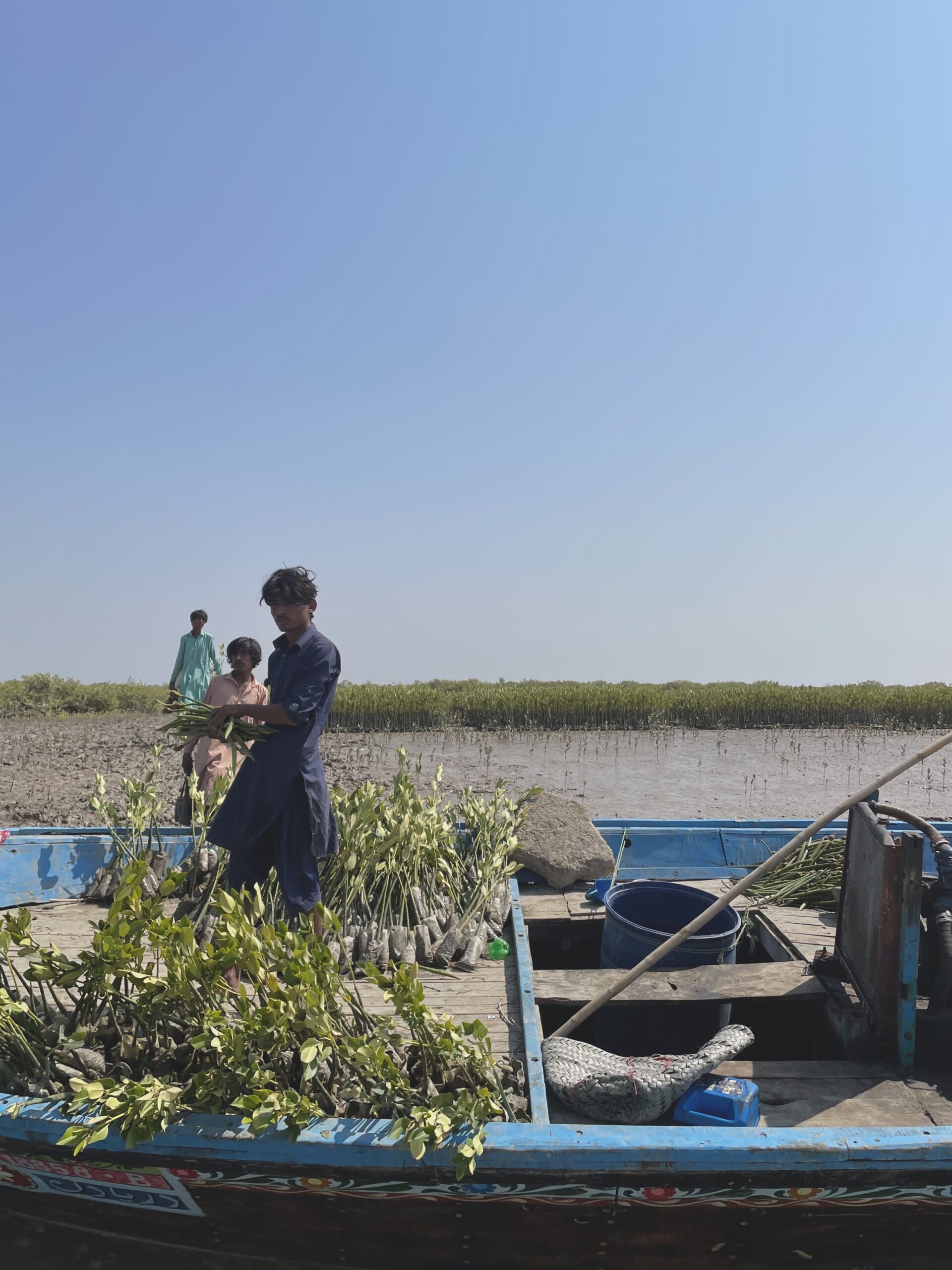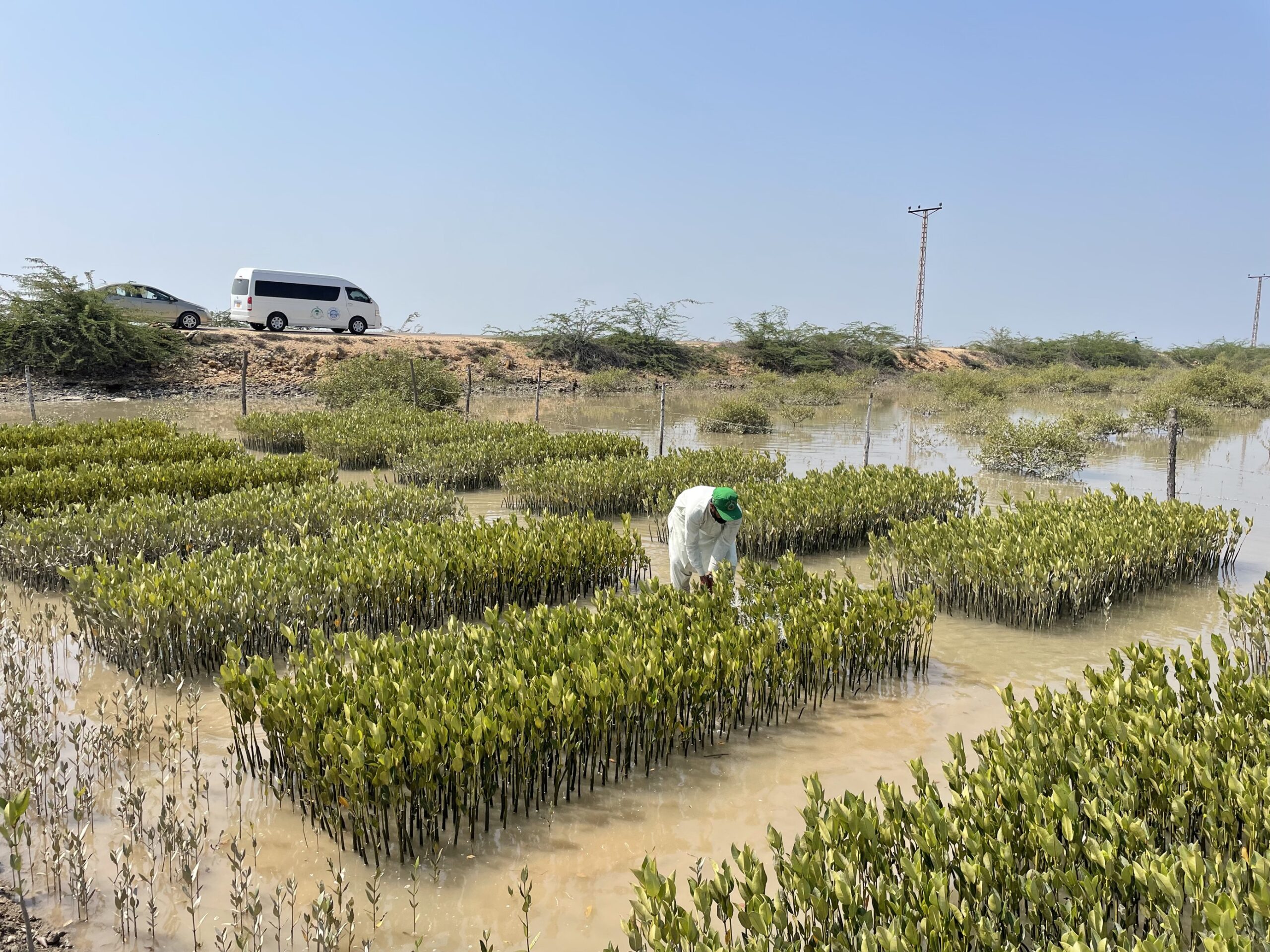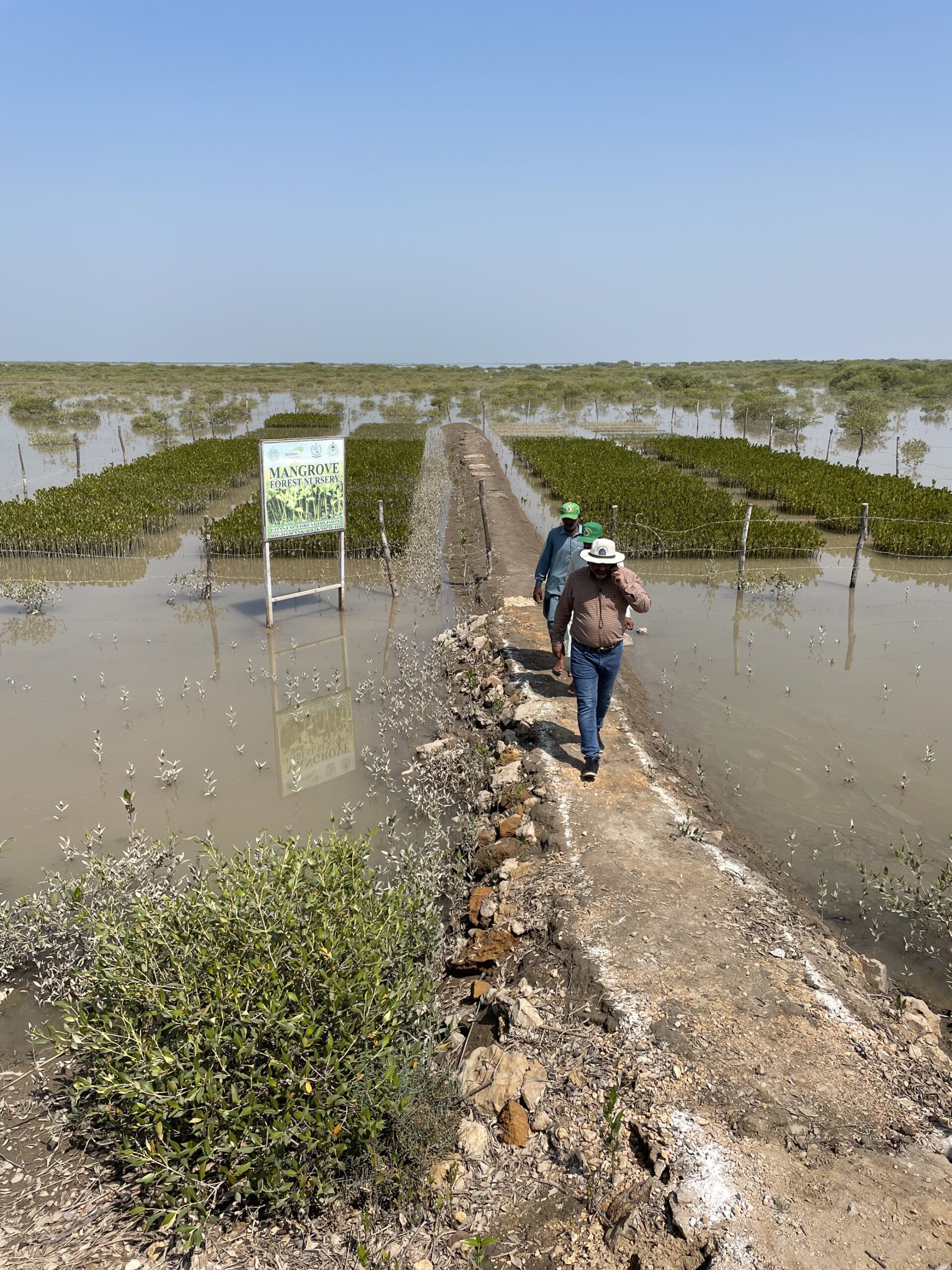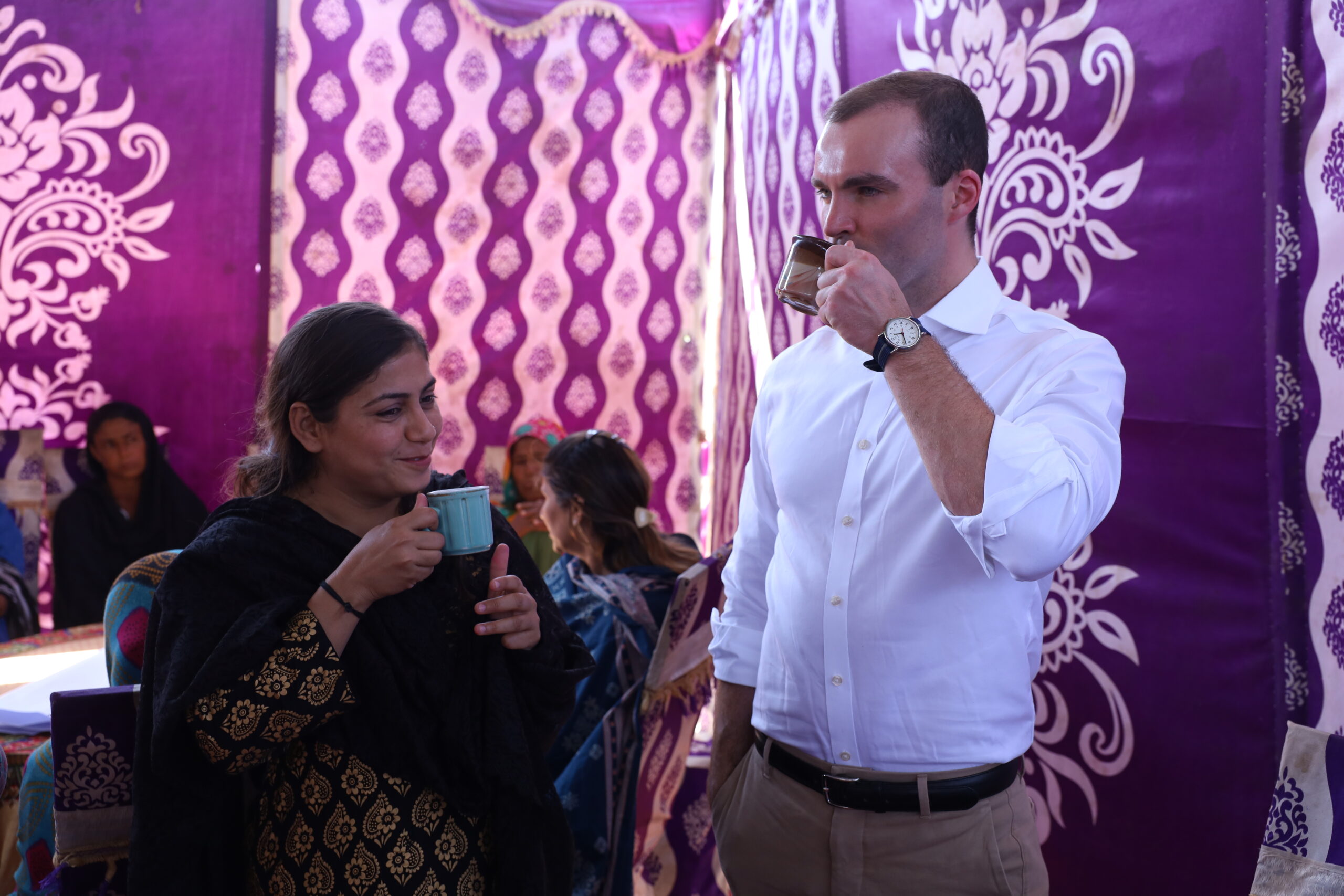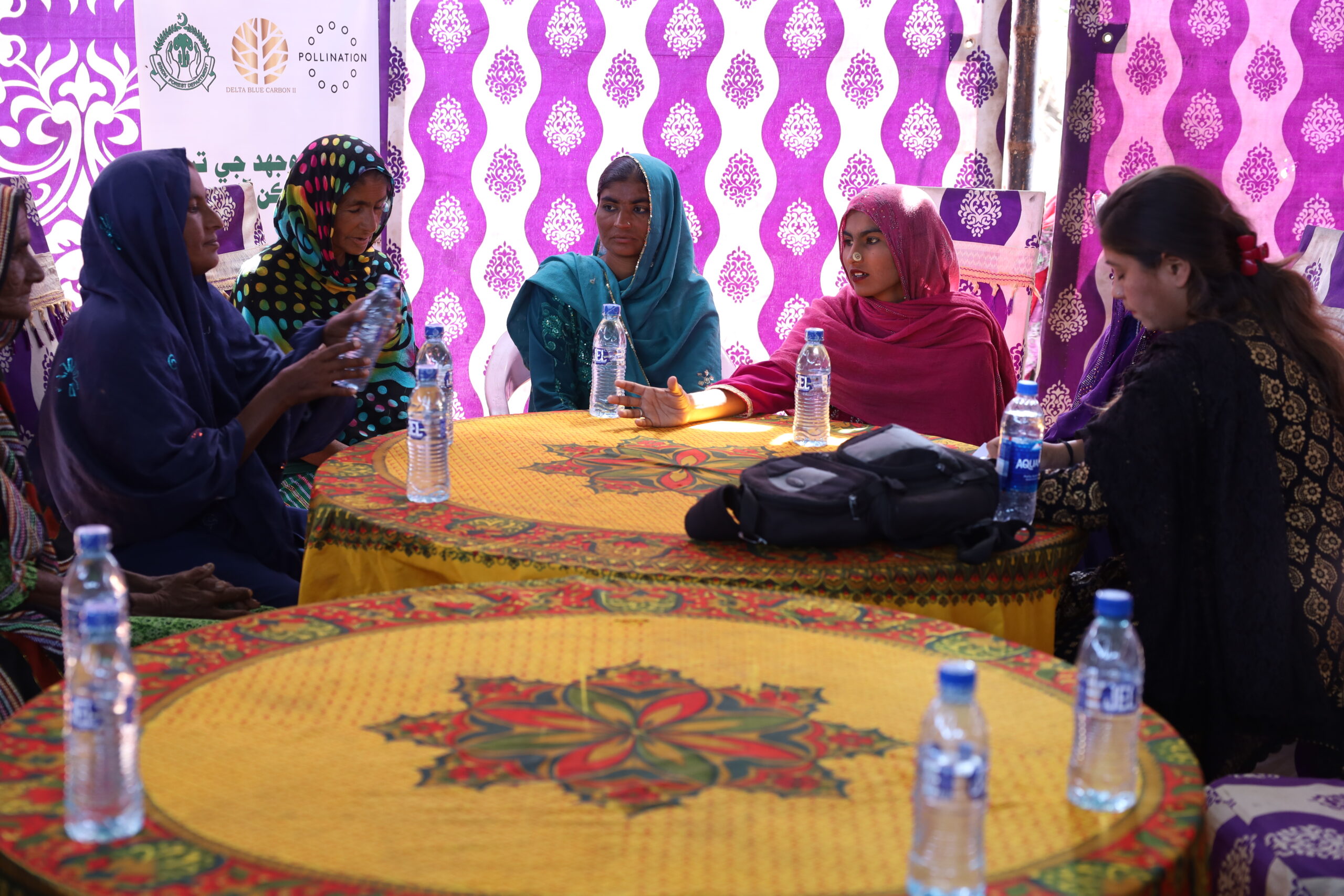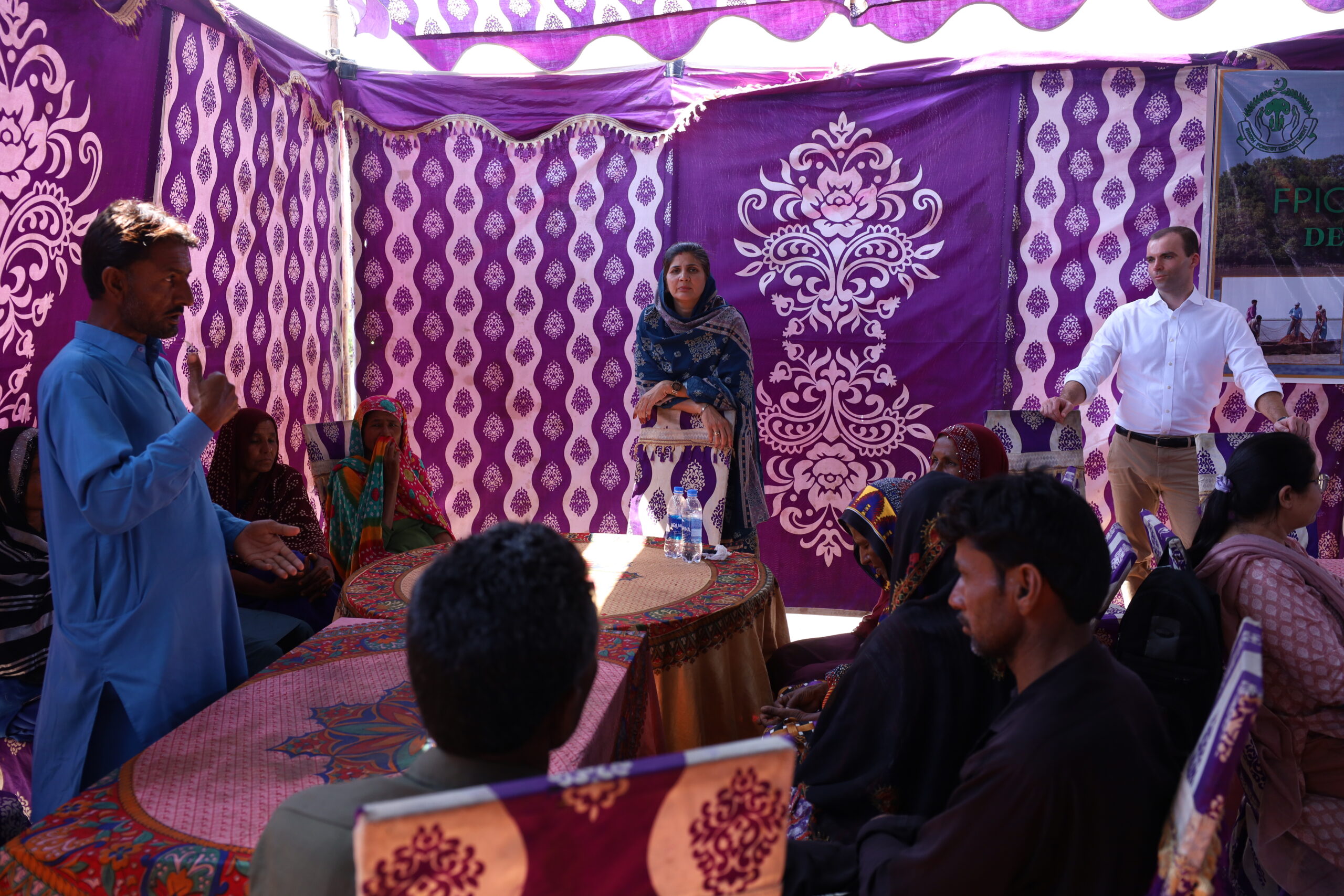Blue carbon ecosystems – mangroves, tidal and salt marshes, and seagrasses – are highly productive coastal ecosystems that are particularly important for their capacity to store carbon within the plants and in the sediments below. The success of a blue carbon project is dependent on the health of its ecosystem and biodiversity, making blue carbon an ideal nature-based solution for climate change.
Despite their potential, mangroves and other blue carbon ecosystems are some of the most threatened on Earth. Mangrove ecosystems alone are being lost at a rate of 2% per year. Experts estimate that carbon emissions from mangrove deforestation account for up to 10% of emissions from deforestation globally, despite covering just 0.7% of land coverage.
Delta Blue Carbon couldn’t come at a better time. In partnership with local communities, the vast replanting and protection works have resulted in the largest mangrove reforestation project in the world. Aside from the immense environmental and climate benefits, the project has created hundreds of jobs for the local people, who are employed to restore and protect the new plantings under long term agreements.
In March last year, the first verified offsets were generated, and the sale of the first tranche of carbon credits was announced. The project is projected to sequester an estimated 142 million tonnes of CO2e over its 60-year lifetime.
Now in its seventh year, Delta Blue Carbon’s second phase (DBC-2) is commencing. In this phase, Pollination, Indus Delta Capital, and the Government of Sindh will nearly double the size of the project, to a total of about 6,000 square kilometers.
To prepare for this expansion, in collaboration with the project team, Pollination designed and co-led a series of workshops – known as social and biodiversity impact assessment workshops – with a cross-section of community members in the delta. Over the course of six days, these communities described challenges they face including a lack of roads, electricity, drinking water, food, livelihoods opportunities, education, and medical care.



